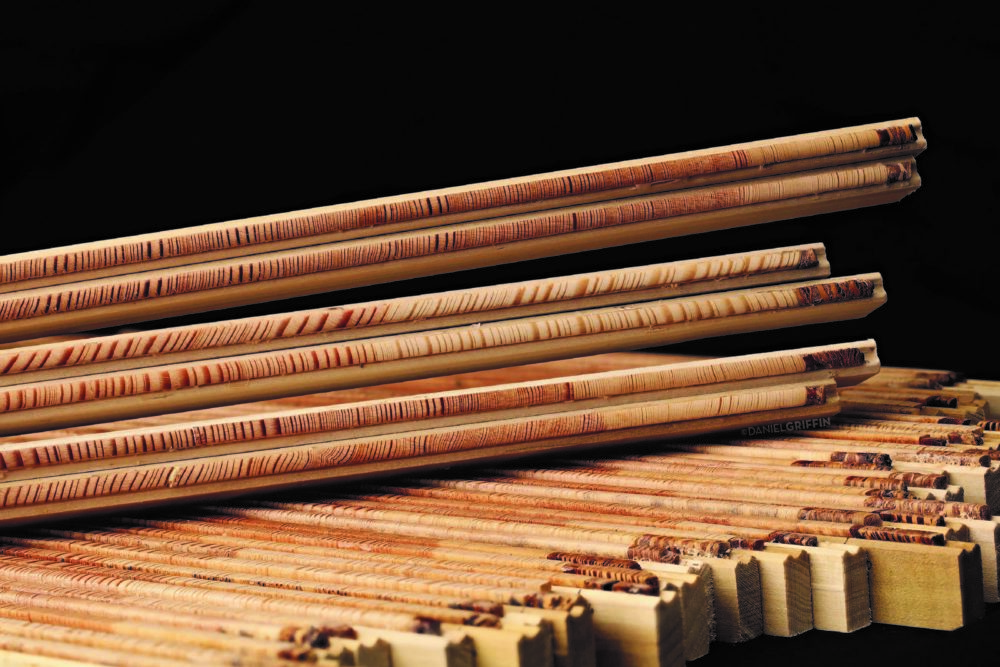Advertisement
Rising temperatures are harming trees
Resume
When tree and climate expert Daniel Griffin learned that wildfire and high temperatures were threatening giant sequoias near Yosemite National Park, alarm bells went off in his head.
Fueled by climate change, wildfires across the West burn frequently and with great intensity. The flames and heat, coupled with the ongoing drought, cause harm to trees.
Griffin, a University of Minnesota professor, is one of a growing number of scientists who study a tree’s environmental history through its rings — the white and dark brown grooves found on the inside. As the rings grow each year, they help scientists like Griffin learn more about climate, drought and rain history.
For the past 20 years, Griffin has worked in old-growth forests — forests that reach old age without much disturbance — across the Southwest. The changes he sees in the trees are increasingly visible.
“We're seeing many trees die,” Griffin says. “We're seeing landscape-scale mortality of trees, particularly the conifers in the mountain regions.”
Tree samples Griffin and his team bring back to the lab display little growth due to the drought, now in its 22nd year. The rings also indicate that today’s droughts stand out compared to those seen hundreds of years ago because of lower than average rainfall combined with a continuous run of high temperatures.

Scientists who study climate history note the differences between now and then. Human activities like the burning of coal, gas and fossil fuels are responsible for the high temperatures, Griffin says.
“To put it frankly,” he says, “We have spiked the climate system, releasing heat-trapping carbon dioxide into the atmosphere faster than any time and over 50 million years, the scientists tell us. And so that has pretty substantial implications for what we might expect going forward in the future.”
Griffin and his team also study blue oaks — trees that can live more than 500 years and don’t require much water. While this might sound like good news in the midst of an ongoing drought, the team learned that even these trees were struggling. Griffin says it was disconcerting to see, but adds that not all of the trees are dying.
While some trees at the lowest elevation struggle, Griffin says another nearby tree could be healthier. That’s a phenomenon his team is working to understand.
“It's obvious that I love trees and I do want to save the trees,” Griffin says. “Especially the elder trees and the ancient trees who frankly deserve more respect than they have often been afforded in our consumptive society … My daughter said just this week, ‘Dad, we need the trees. They help us.’ And she's right.”
Lynn Menegon produced and edited this interview for broadcast with Peter O'Dowd. Jeannette Muhammad adapted it for the web.
This segment aired on August 2, 2022.


